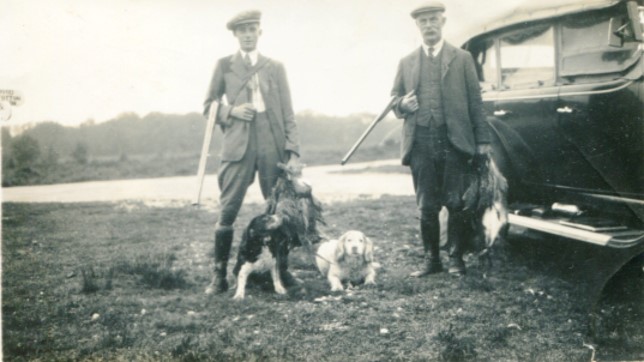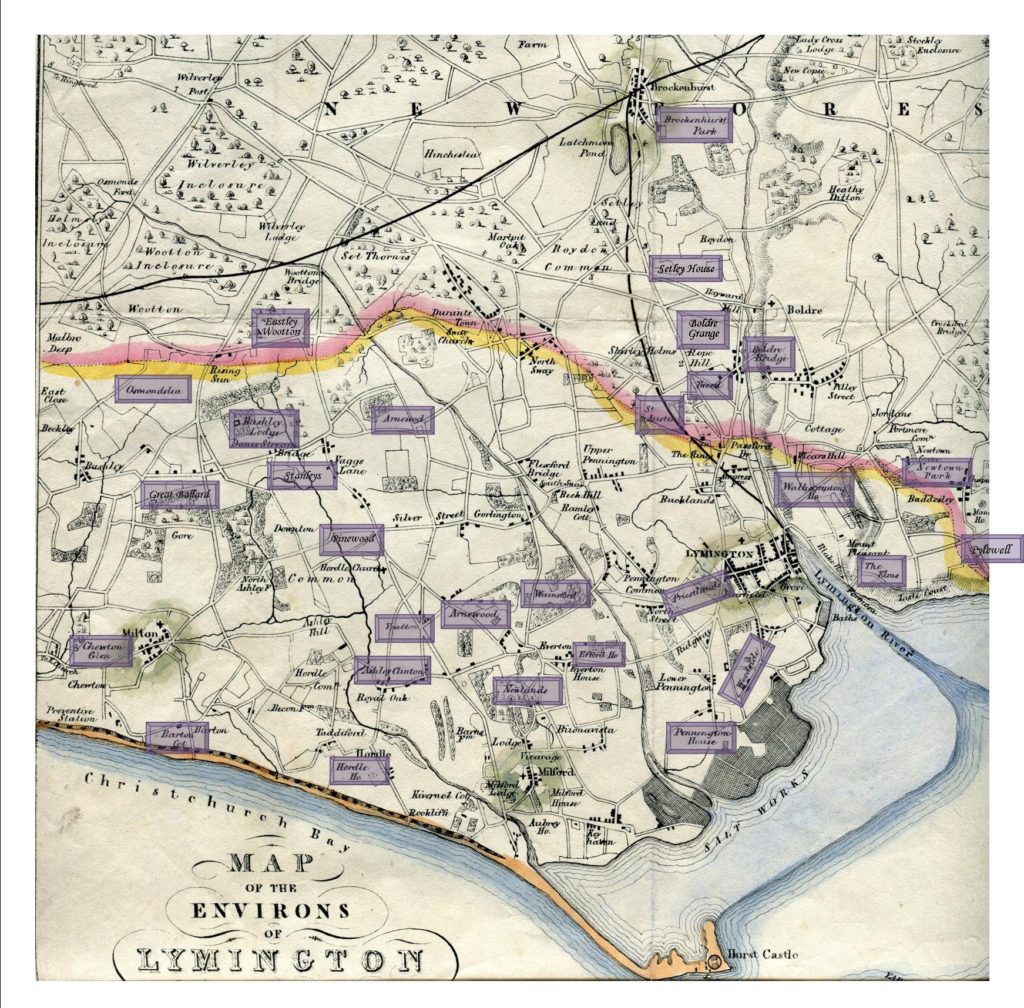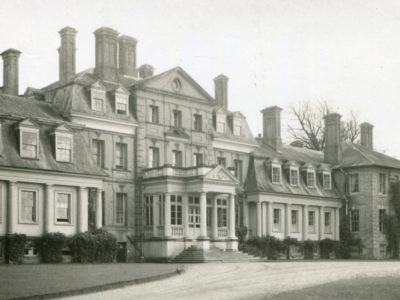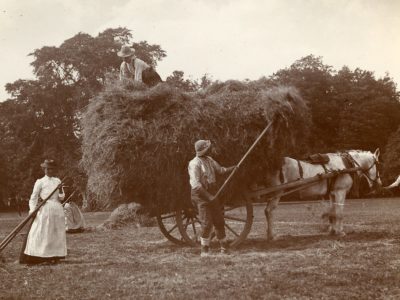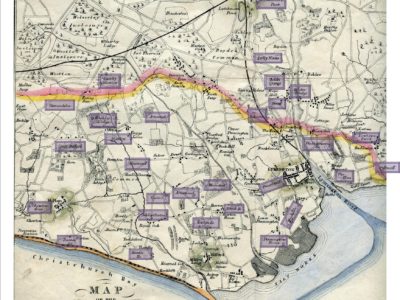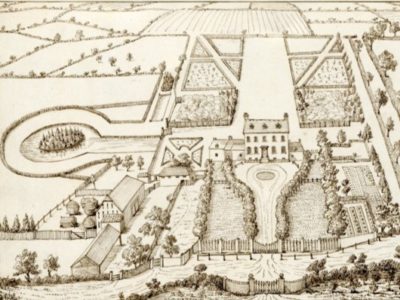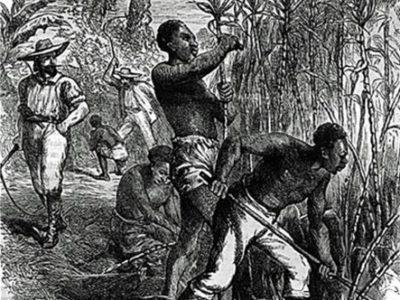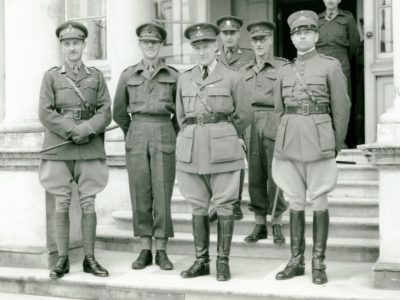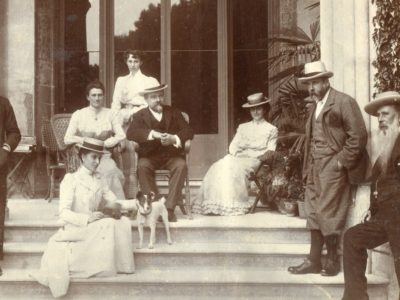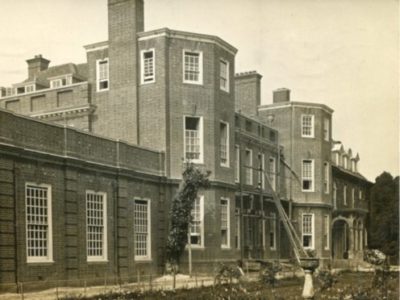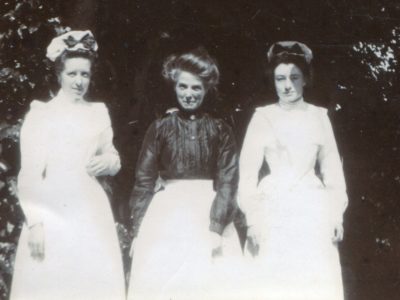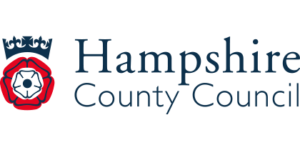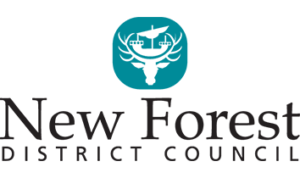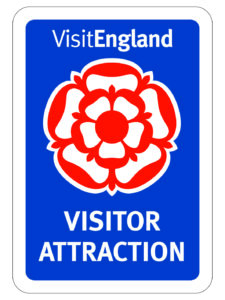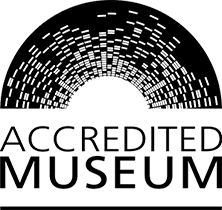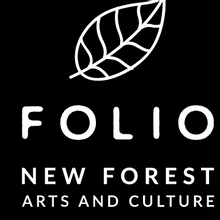In the 19th and 20th centuries, there was not a single large estate in the area, but there were several large houses with considerable farming land attached. The owners were listed separately in the directories of the time, treated with great respect and would have had considerable social and political influence locally such as Lady Lilian Liddell, who lived at Stanleys. She was so instrumental in the building of St Andrews Church at Tiptoe that it was widely known as Lady Lilian’s Church.
The estates provided employment for many local people. Men worked on the land as agricultural workers, gamekeepers and gardeners. Many local women worked in domestic service as parlour maids, cooks and nursery maids. The census returns for the large houses give an indication of the staff and their roles. They also show that some staff came from further afield or travelled with their employers.
With the increased accessibility of the area more well-to-do families came to live locally. However with the decline in agriculture and the difficulty and cost of keeping staff to run the big houses, many families sold up and the houses have been converted into hotels, care homes, schools, flats or demolished to make way for new developments.
Estates varied in size from those such as Setley or Wainsford with a few dozen acres and a couple of tenanted farms to much larger ones such as Brockenhurst Park, Pylewell Park and Newlands – which had up to 2,000 acres and 30 associated farms along with other activities including salterns, gravel pits and woodland for shooting.

